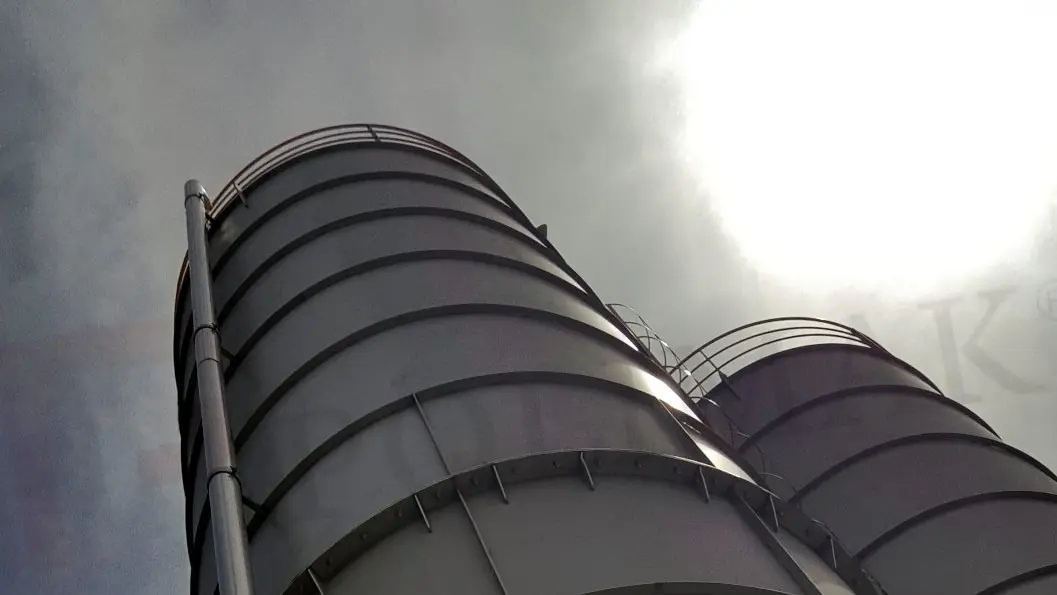Weighing & Dosing Options
Accurate weighing and dosing are critical to ensure consistent product quality and reduce excess material use. This is especially critical in the food, chemical, and construction industries to meet compliance standards. Modern bulk bag filling systems are equipped with precision weighing and dosing technologies to automate and control how much bulk material is dispensed into each bag.

Process Overview
- Initial Tare & Big Bag
Setup:
The system starts by capturing the tare weight (empty weight) of the bulk bag using integrated load cells or platform scales. This mechanism ensures that only the product weight is measured during filling. - Coarse & Fine Feeding
Stages:
Filling typically occurs in two stages: - Coarse feeding: Fast, high-volume material flow for the majority of the fill (e.g. first 80–90%).
- Fine feeding: Slower, precise flow for the final top-off to hit the exact target weight.
- Real-Time Weight Monitoring:
Load cells provide continuous feedback to the control system, adjusting flow rates accordingly. Once the target weight is reached, the filling process stops automatically. - Dosing Equipment:
Depending on the material type and required accuracy, dosing may be handled by: - Screw feeders: Equipped with a rotating screw to transfer material at a controlled rate, ideal for precise volumetric dosing of bulk solids.
- Rotary valves: Designed to regulate flow, rotary valves control the discharge of bulk materials while maintaining a consistent feed rate and preventing air leakage.
- Pneumatic conveying systems: These transport materials using air pressure or vacuum, suitable for dust-free and efficient movement of bulk solids over longer distances.

Key Components
- Load Cells or Platform Scale:
Industrial-grade weighing sensors under the filling station detect weight changes in real-time for precise control. - Feeding System with Variable
Speed:
Enables both fast and slow flow rates, essential for controlling coarse and fine filling. - Control Panel / PLC System:
Controls dosing automatically, saves preset recipes, and displays real-time feedback on the screen. - Batching Software:
For more complex operations, recipe-based batching software allows integration with ERP or SCADA systems. - Flow Control Devices:
Valves, gates, or feeders with feedback control adjust the flow rate based on weight feedback.

Advantages and Key Benefits of Weighing & Dosing Systems
- Accurate Bag Weights:
Prevents underfilling and overfilling, a critical mechanism in regulated industries and when handling costly materials. - Automated Precision:
Reduces the possibility of operator error and improves repeatability in batch operations. - Reduced Material Waste:
Fine feeding and accurate shutoff reduce overfilling and spillage. - Recipe Flexibility:
Quickly switch between different products or target weights using pre-programmed settings. - Compliance with Trade
Regulations:
Especially critical in food or export applications where net weight labeling must be verified.

Industry Applications
- Food Industry:
Weighing and dosing sugar, starch, or milk powder into bags with ±0.5% accuracy, often using vibratory feeders and hygienic load cells. - Chemical Industry:
Filling high-value powders such as catalysts or specialty chemicals, where precise measurement is essential. Systems may be equipped with nitrogen purging and explosion-proof components. - Construction Industry:
Bagging cement, sand, or plaster where volume control is key for batching at construction sites or throughout transportation.